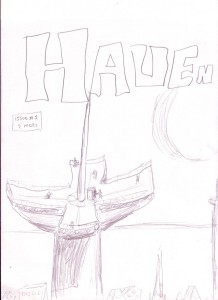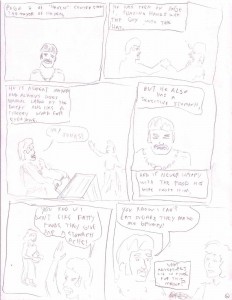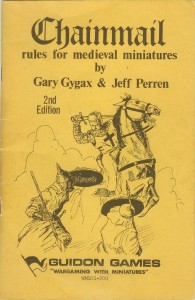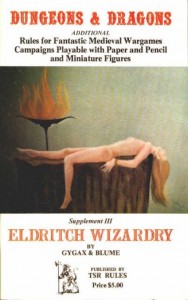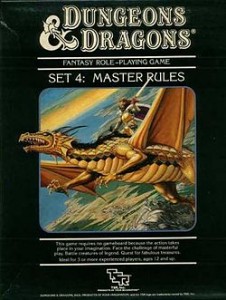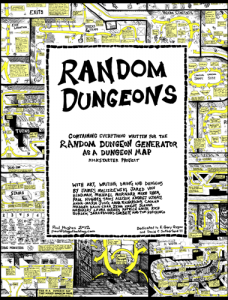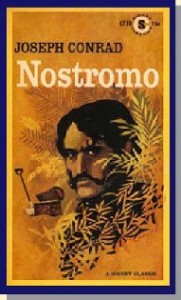A while ago, my wife’s English PhD friends decided to run a D&D game based on Spencer’s The Faerie Queene, an Elizabethan epic poem that I’d never read.
I’m game for any D&D going, so I agreed to play. I didn’t want to be behind everyone else on understanding the setting, so I read the first book.
I’d heard that The Faerie Queene is long: it’s one of the longest poems ever. And it was written in the 1500s, AND Spenser was being deliberately archaic, so it’s sometimes hard to read.
Those are some of the reasons I never read it. Now here are some reasons you should read it: It’s super metal. You could use it to illustrate an entire 1980’s worth of heavy metal album covers. And it’s super D&D. It reads a little like Spenser was putting the adventures of his 1590’s D&D game into pentameter and dedicating it to Queen Elizabeth.
Here are 5 metal scenes you could steal for your D&D game. I’ve only pillaged Book 1.
The youthfull knight could not for ought be staide,
But forth unto the darksome hole he went,
And looked in: his glistring armor made
A litle glooming light, much like a shade,
By which he saw the ugly monster plaine,
Halfe like a serpent horribly displaide,
But th’other halfe did womans shape retaine,
Most lothsom, filthie, foule, and full of vile disdaine.
And as she lay upon the durtie ground,
Her huge long taile her den all overspred,
Yet was in knots and many boughtes upwound,
Pointed with mortall sting. Of her there bred
A thousand yong ones, which she dayly fed,
Sucking upon her poisnous dugs, each one
Of sundry shapes, yet all ill favored:
Soone as that uncouth light upon them shone,
Into her mouth they crept, and suddain all were gone.
This is maybe too metal for D&D! Not every group is ready for all the horrible little monsters drinking poison from the snake-woman’s breasts, and then the monsters scuttle into her mouth.
And next to him malicious Envie rode,
Upon a ravenous wolfe, and still did chaw
Betweene his cankred teeth a venemous tode,
That all the poison ran about his chaw;
…
All in a kirtle of discolourd say
He clothed was, ypainted full of eyes;
And in his bosome secretly there lay
An hatefull Snake, the which his taile uptyes
In many folds, and mortall sting implyes.
Still as he rode, he gnasht his teeth, to see
Those heapes of gold with griple Covetyse;
And grudged at the great felicitie
Of proud Lucifera, and his owne companie.
Each of the seven deadly sins are warlords in the army of Spencer’s Big Bad Evil Guy. My favorite is Envy. He rides a wolf, and chews a poison toad! Like most of the poem, it’s all transparent allegory, but if it’s read literally, it’s awesome.
The most metal detail? The BBEG that the seven evil warlords serve is named Lucifera.
Then tooke that Squire an horne of bugle small.
Which hong adowne his side in twisted gold
And tassels gay. Wyde wonders over all
Of that same hornes great vertues weren told,
Which had approved bene in uses manifold.
Was never wight that heard that shrilling sownd,
But trembling feare did feel in every vaine;
Three miles it might be easie heard around,
And Ecchoes three answerd it selfe againe:
No false enchauntment, nor deceiptfull traine,
Might once abide the terror of that blast,
But presently was voide and wholly vaine:
No gate so strong, no locke so firme and fast,
But with that percing noise flew open quite, or brast.
This is a pretty good magic item! When it’s blown, this horn has the following effects:
1) Cause Fear
2) Dispel Magic
3) Knock
Plus it has a range of three miles!
But ere he could his armour on him dight,
Or get his shield, his monstrous enimy
With sturdie steps came stalking in his sight,
An hideous Geant, horrible and hye,
That with his tallnesse seemd to threat the skye,
The ground eke groned under him for dreed;
His living like saw never living eye,
Ne durst behold: his stature did exceed
The hight of three the tallest sonnes of mortall seed.
…his stalking steps are stayde
Upon a snaggy Oke, which he had torne
Out of his mothers bowelles, and it made
His mortall mace, wherewith his foeman he dismayde.
…The Geaunt strooke so maynly mercilesse,
That could have overthrowne a stony towre,
And were not heavenly grace, that did him blesse,
He had beene pouldred all, as thin as flowre:
But he was wary of that deadly stowre,
And lightly lept from underneath the blow:
Yet so exceeding was the villeins powre,
That with the wind it did him overthrow,
And all his sences stound, that still he lay full low.
I love this fight against a giant. The giant is, like, 18 feet tall. That’s a serious giant: the same size as a cloud giant, according to the SRD. I like that he tore up an oak to be “his mortall mace”.
The giant strikes hard enough that, if he’d hit, he would have beat his opponent as thin as flour. That matches my group’s gory descriptions of critical overkills, which frequently turn goblins into thin red pastes or red mists, and makes me think that Spenser would fit in at my game table.
Finally: The giant’s attack knocks ther hero prone, and stuns him, ON A MISS? Killer DM!
There all within full rich arrayd he found,
With royall arras and resplendent gold.
And did with store of every thing abound,
That greatest Princes presence might behold.
But all the floore (too filthy to be told)
With bloud of guiltlesse babes, and innocents trew,
Which there were slaine, as sheepe out of the fold,
Defiled was, that dreadfull was to vew,
And sacred ashes over it was strowed new.
This is a great description of an evil castle. It’s a super civilized palace, all decorated with gold and art and beautiful tapestries, but the floors are just swimming with blood and gore, all the time. This is a really creepy location.

